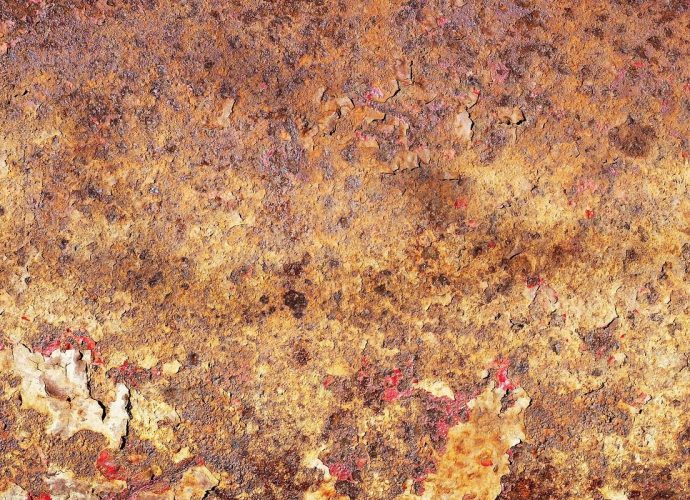Do Nitrifying Bacteria Need Light?
Lights also help with maintenance and cleaning and are an essential part of your fish tank. You can turn the lights off at night before going to bed. It is also a smart idea to keep your fish tank away from sunlight since it can affect bacteria growth. Does aquariumRead More →








